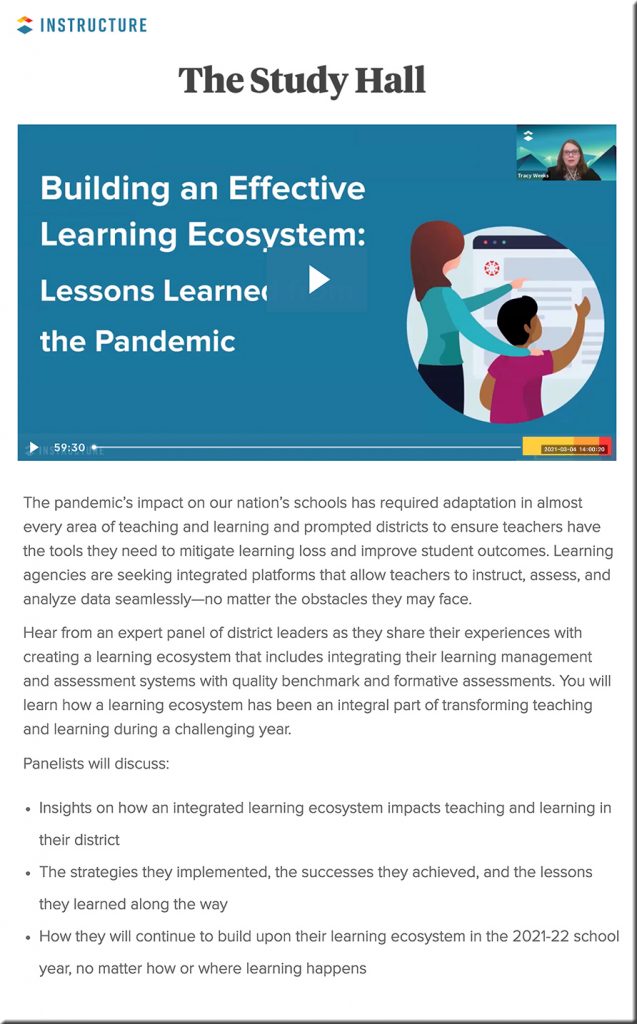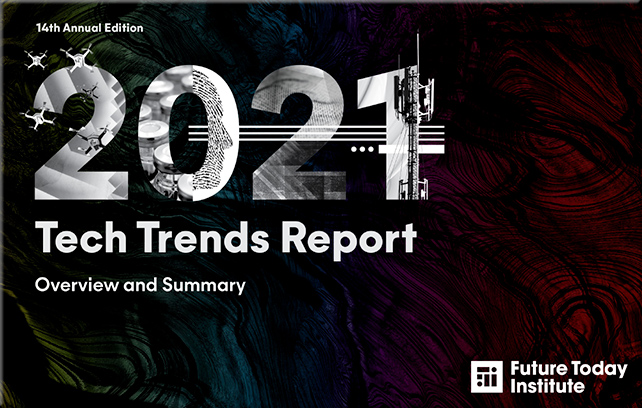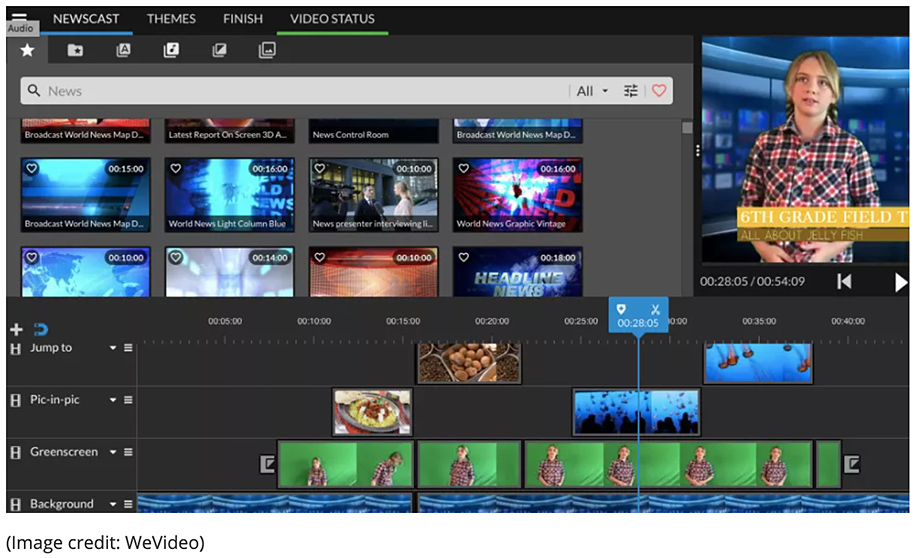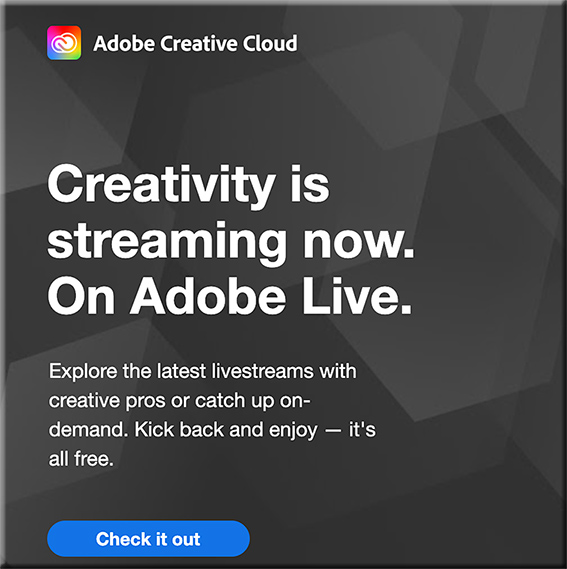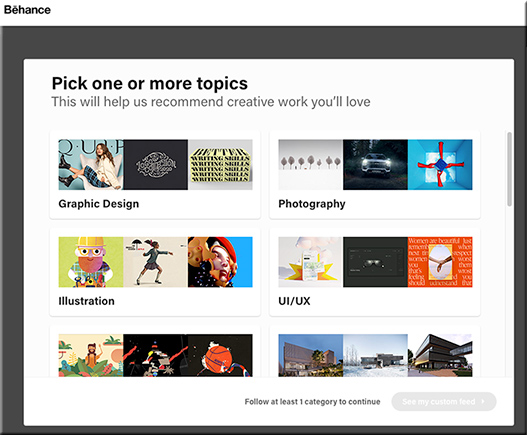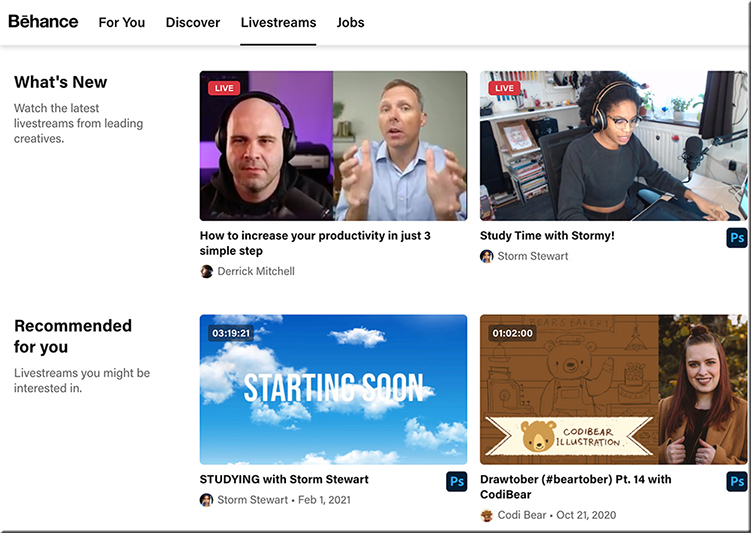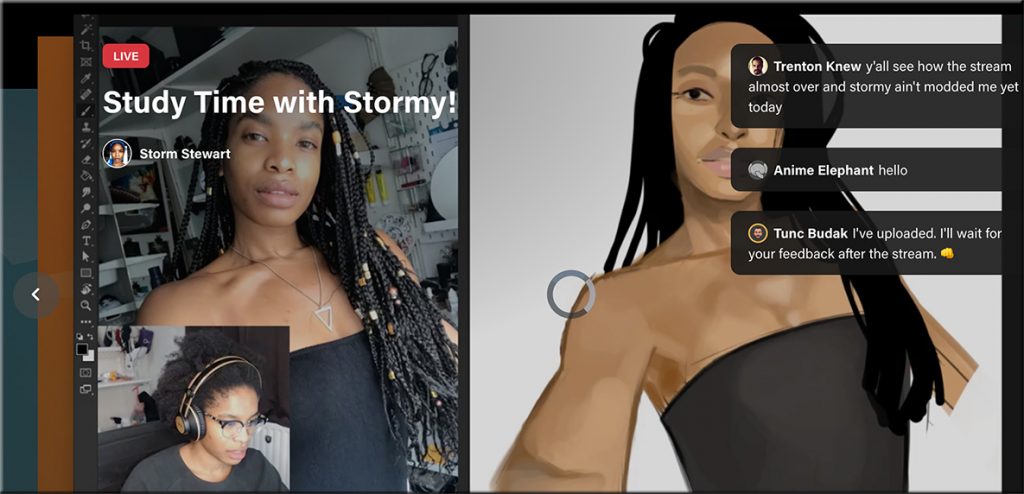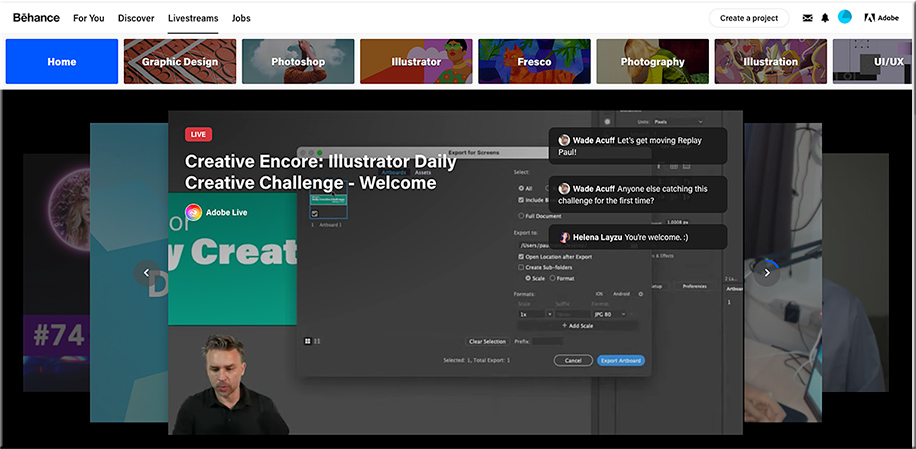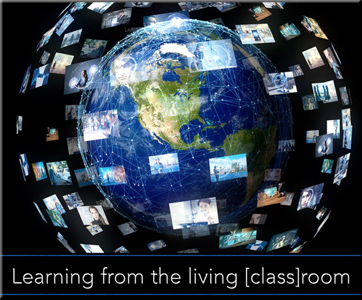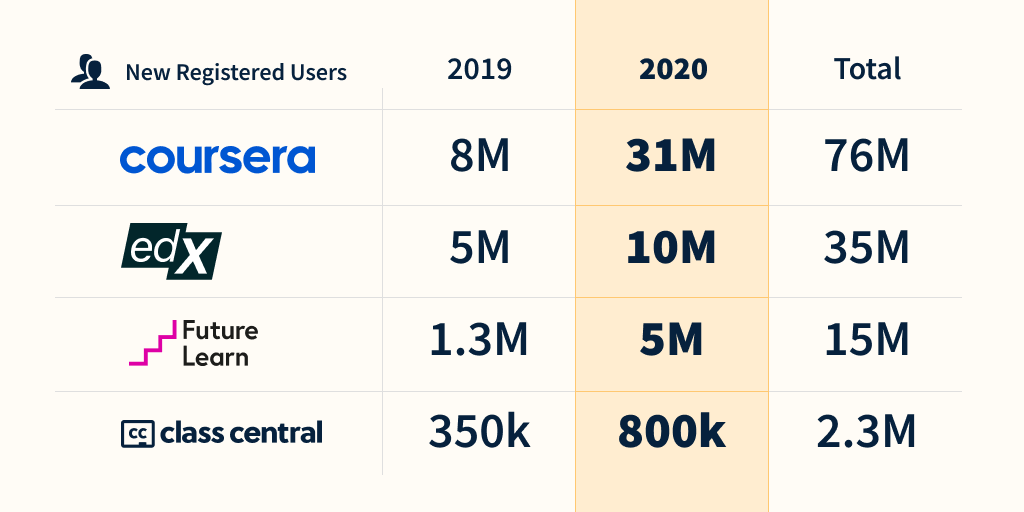Instructure: Building an Effective Learning Ecosystem — a recorded webinar from instructure.com from 3-4-21 (NOTE: You will need to provide some basic contact information to view it.)
Excerpt:
Hear from an expert panel of district leaders as they share their experiences with creating a learning ecosystem that includes integrating their learning management and assessment systems with quality benchmark and formative assessments. You will learn how a learning ecosystem has been an integral part of transforming teaching and learning during a challenging year.









